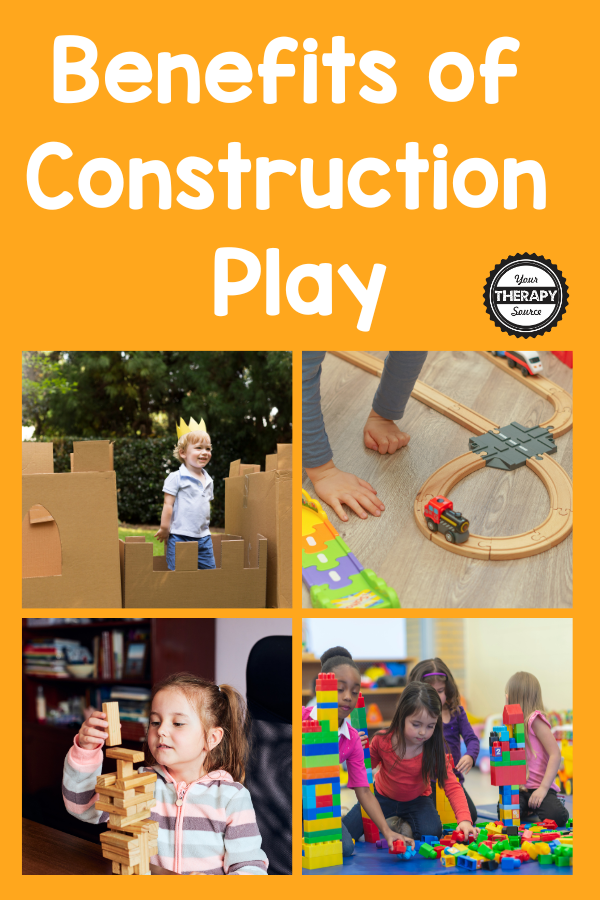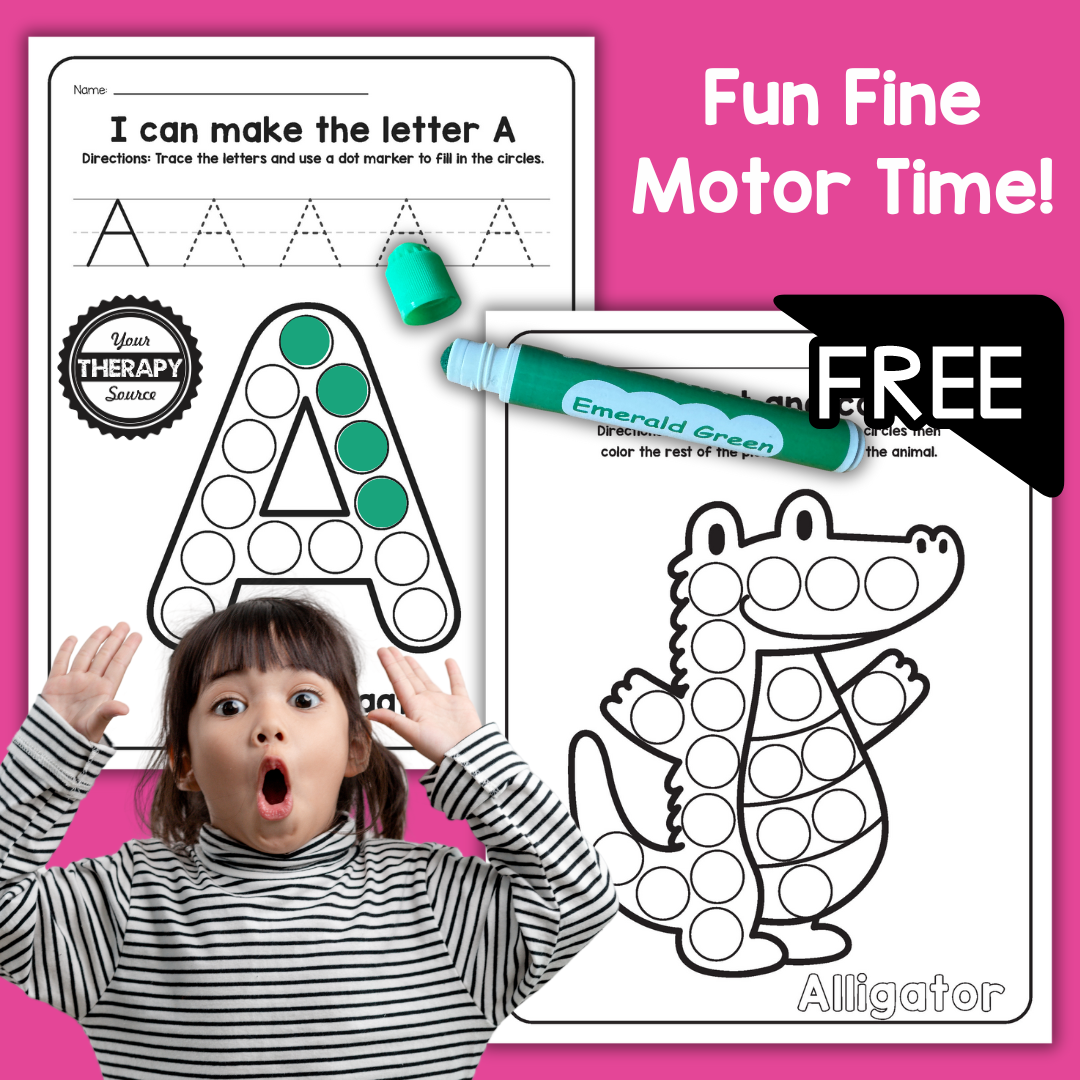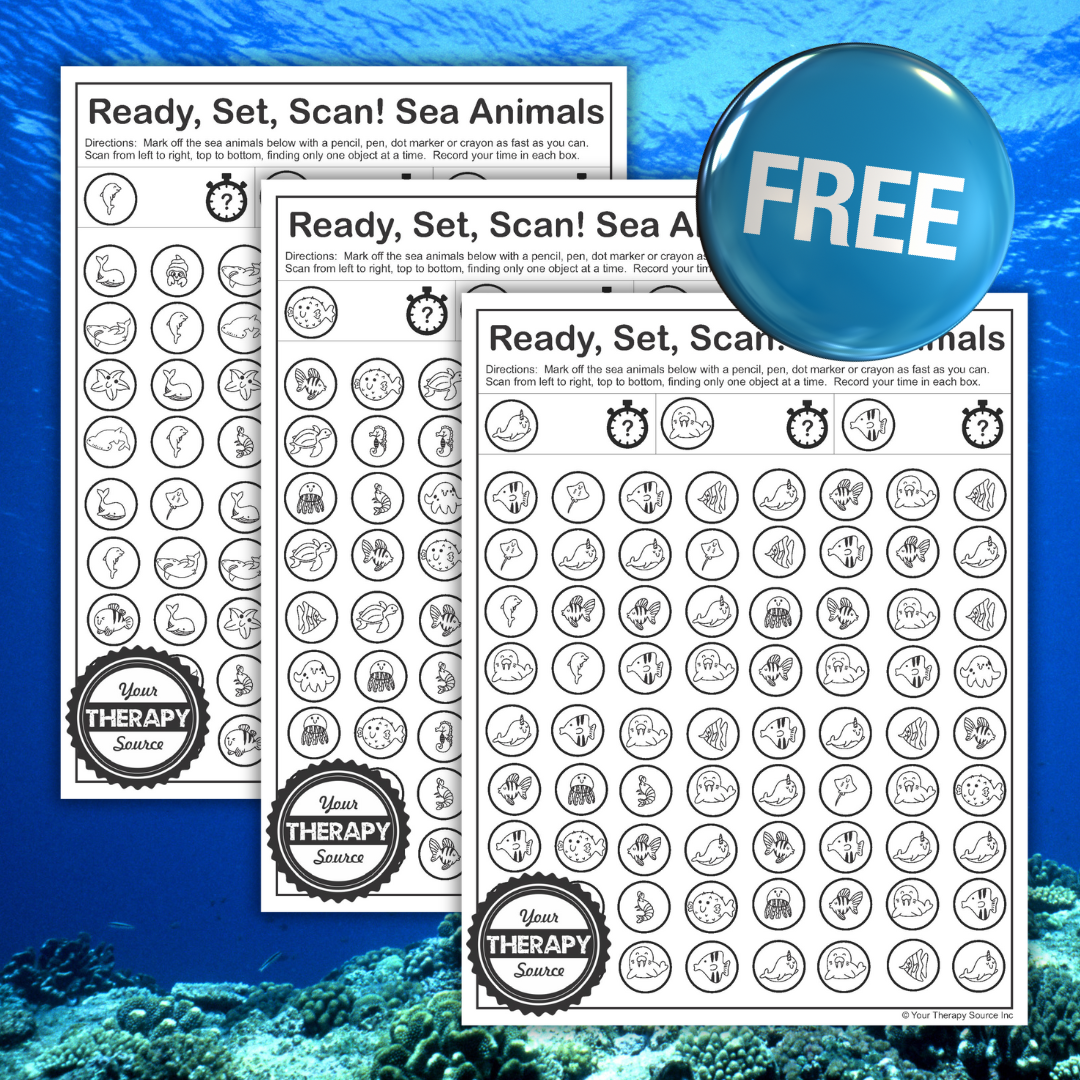Construction Play

Construction play is an essential part of early childhood development, offering numerous benefits that extend far beyond mere entertainment. Through the manipulation of various materials and construction toys, children engage in a form of hands-on inquiry that fosters creativity, problem-solving skills, and fine motor development. Learn more about the many advantages of construction play, suggested household items and basic toys to use, and construction play ideas for independent playtime.
Benefits of Construction Play
Construction play provides a range of developmental benefits that are crucial during the early years. Here are some of the key advantages:
- Fine Motor Skills – Handling small blocks, pieces, and tools during construction play helps children develop fine motor skills. These activities require precision and coordination, enhancing their hand-eye coordination and dexterity.
- Problem-Solving Skills – Construction play involves creating structures, which often requires children to think critically and solve problems. They must figure out how to balance blocks, connect pieces, and create stable structures, thereby improving their problem-solving skills. When they practice building structures and succeed, it helps build a sense of accomplishment.
- Language Development – As children engage in construction play, they often describe their actions, share their ideas, and collaborate with peers. This enhances their language development and social interactions, enriching their vocabulary and communication skills.
- Cognitive Development – Engaging in construction projects helps children understand spatial relationships and develop their cognitive skills. They learn about shapes, sizes, and properties of different materials, which are fundamental concepts in early childhood education. Block building is an excellent example of open-ended play.
- Creativity and Imagination – Construction play encourages creativity and imaginative play. Children can create their own worlds, scenarios, and stories using blocks and other materials, allowing a child’s imagination to flourish. Make-believe play helps children practice skills before trying them out in the real world.
- Visual-Spatial Skills—Developing the skills to express and understand spatial awareness is the first step in understanding spatial ability and awareness. This includes math skills, visual perceptual skills, and body awareness. Research indicates that preschoolers who excelled in copying block patterns also demonstrated better early math skills.
- Social and Emotional Benefits – Play is an integrative process, and the skills acquired in it—overcoming impulses, behavior control, exploration and discovery, problem-solving, reasoning, drawing conclusions, and attention to processes and outcomes—are foundational cognitive structures that drive learning and motivation. Engaging in peer construction play promotes cooperative play and enhances children’s social skills.

Recommended Household Items and Basic Toys
To facilitate construction play, you don’t need expensive or complex toys. Here are some simple household items and basic toys that work wonderfully and provide a variety of constructive play:
- Wooden blocks of various sizes and shapes
- Cardboard boxes
- Building blocks
- Interlocking blocks (e.g., LEGO, DUPLO)
- Loose parts (e.g., bottle caps, fabric scraps)
- Construction sets
- Sets of unit blocks
- Rocks and sticks
- Sponges
Construction Play Ideas for Independent Play Time
Here are 30 construction play ideas that will keep your little builders engaged and learning:
- Building a Tower: Challenge your child to build the tallest tower they can using wooden blocks.
- Creating a Bridge: Use different materials to construct a bridge that can hold a small toy car.
- Designing a House: Let your child design and build a house using cardboard boxes and building blocks.
- Building a Castle: Use blocks and cardboard to add in fantasy play with construction play.
- Constructing a City: Create a miniature city with roads, buildings, and parks using various materials.
- Making a Robot: Use loose parts and cardboard to build a pretend robot.
- Designing a Zoo: Build animal enclosures and other structures for a pretend zoo.
- Creating a Space Station: Use blocks and other materials to design a space station.
- Building a Garage: Construct a garage for toy cars using cardboard boxes and blocks.
- Designing a Playground: Create a miniature playground with swings, slides, and climbing structures.
- Building a Boat: Use different materials to make a boat that can float in a water table. How much weight can it take? Fill in with pennies to test it.
- Constructing a Train Track: Build a train track with bridges and tunnels using blocks.
- Nuts and Bolts Building: Use traditional construction materials like nuts and bolts to create a creative structure. The is a great way to encourage fine motor skills!
- Build a Fort: Use large cardboard boxes to create a big fort.
- Building Challenge: Can you find unusual items to build a tower or creation? Books, playing cards, recycled items, or sponges would be fun to try and build with! Create your own ideas.
- Obstacle Course: Build an obstacle course using cardboard boxes or blocks. This encourage physical development and physical play.
More Resources on Play
Construction play is a valuable type of play that supports various aspects of child development. By engaging in block play and using different materials, children of all ages can enhance their fine motor skills, problem-solving abilities, and creativity. Providing children with adequate time and a range of materials for construction play allows them to explore their imagination and develop important skills that will benefit them throughout their lives.
For more insights on the benefits of play, check out these helpful resources:
- Benefits of Play
- Importance of Block Play in Preschoolers
- Stages of Play in Children
- Inclusive Play
- Positioning for Play
Incorporate these ideas and resources into your child’s playtime to ensure they have the best possible preparation for the challenges and adventures ahead.



